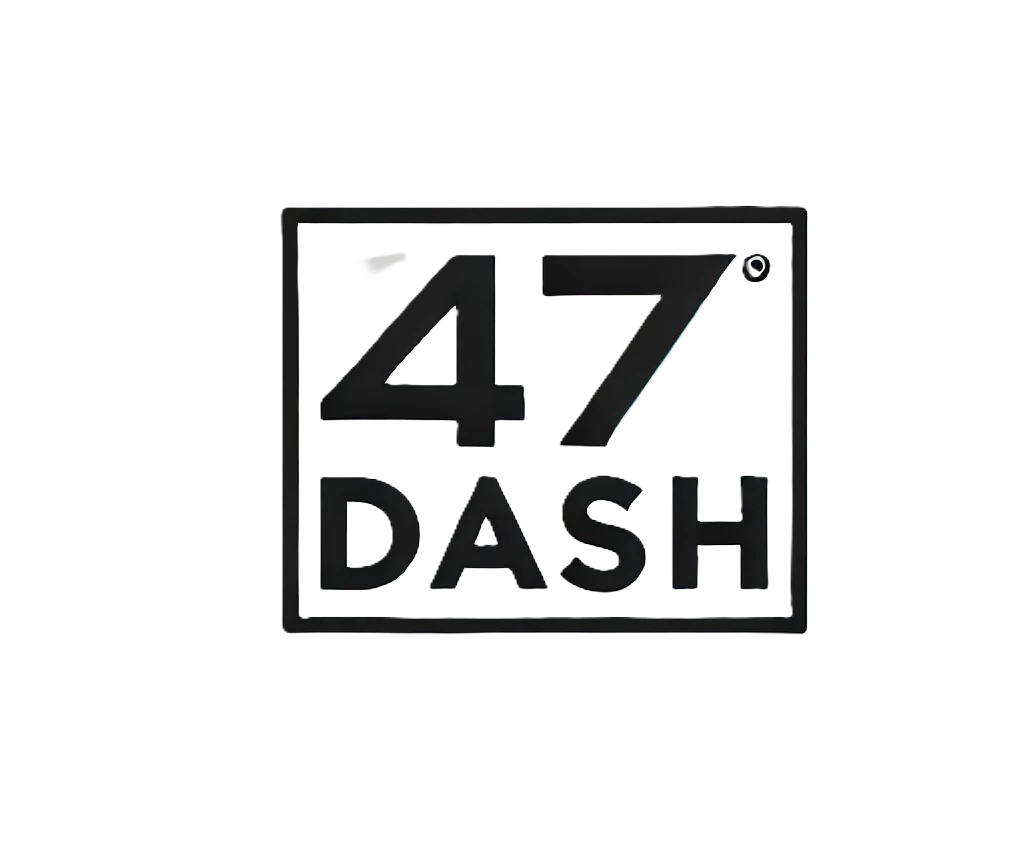Ethereum: What are Ripple’s Weaknesses?
In recent years, the blockchain technology space has seen the emergence of several cryptocurrencies, vying for attention and market share. Two major players that have received considerable attention are Ethereum (ETH) and Ripple (XRP). While both platforms have impressive features and user bases, they also have some significant shortcomings.
Ethereum: A Decentralized Platform with a Complex Ecosystem
Ethereum is often called the “king of blockchains.” Launched by Vitalik Buterin in 2014, Ethereum is built on a decentralized platform that allows developers to create and deploy smart contracts. These contracts can automate various processes such as transactions, security, and governance. In addition to its native cryptocurrency ETH, Ethereum also hosts a wide range of decentralized applications (dApps) and services, including marketplaces, lending protocols, and social networks.
One of Ethereum’s main weaknesses is its high transaction fees and slow block times. Network scalability issues are a major concern for users, who often experience delays in processing transactions and sending funds. Additionally, the complexity of the Ethereum network can make it difficult for new developers to join the platform.
Ripple: A Quick Solution to Regulatory Issues
Ripple is another major player in the blockchain space, known for its fast and affordable transaction solutions. Launched by Jed McCaleb in 2012, Ripple was originally developed as a successor to the Ripple protocol (XRP), which was designed to facilitate cross-border payments. Today, Ripple has two main products: RippleNet and XRP.
Ripple’s strengths include speed, scalability, and regulatory clarity. The platform is designed to be fast and affordable, making it an attractive solution for industries such as banking, trade finance, and cross-border payments. However, Ripple has also faced regulatory challenges, particularly in the United States. In 2019, the SEC charged Ripple with securities fraud for claiming that XRP is a security.
Comparison: Ethereum vs. Ripple
When comparing the two platforms, it is important to consider their unique strengths and weaknesses:
- Speed: Ripple is significantly faster than Ethereum, with transaction times averaging just 1 second compared to Ethereum’s 2-3 seconds.
- Scalability: While both platforms are designed to scale, Ethereum faces greater challenges in achieving large transaction volumes.
- Regulation: Ripple is subject to more stringent regulation, particularly in the United States.
Conclusion
Finally, while Ethereum and Ripple offer unique strengths and weaknesses, it is important to understand the intricacies of each platform before making an informed decision. As the blockchain ecosystem evolves, understanding these nuances will help investors, developers, and users make more informed decisions about which platform best suits their needs.
Please note that this is not a comprehensive analysis of Ethereum or Ripple, but rather aims to highlight some of the key weaknesses associated with each platform. If you are considering investing in either Ethereum or Ripple, it is very important to do your own research and consult with experts before making any decisions.

